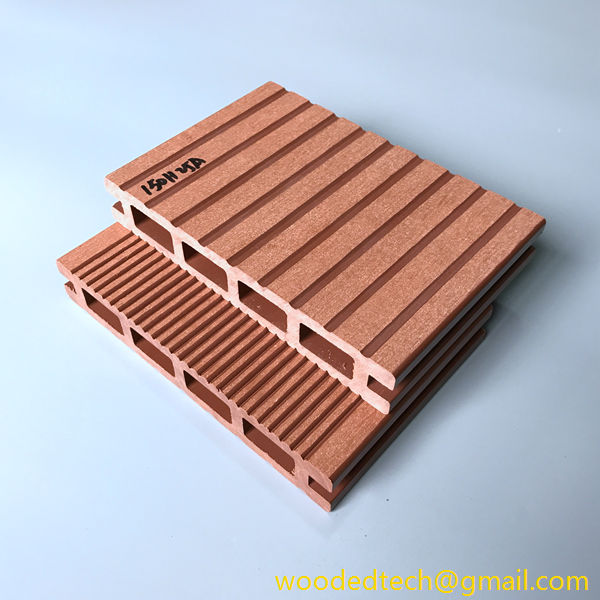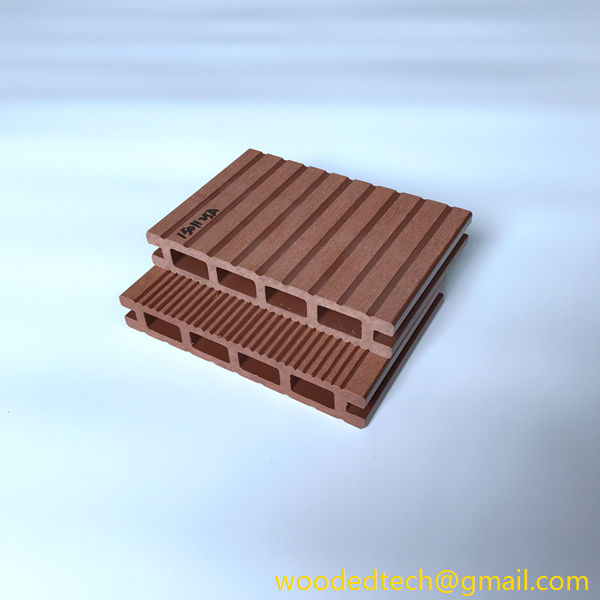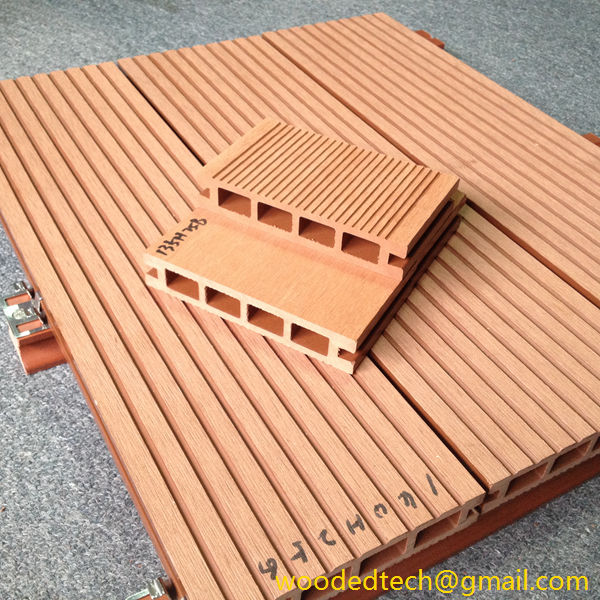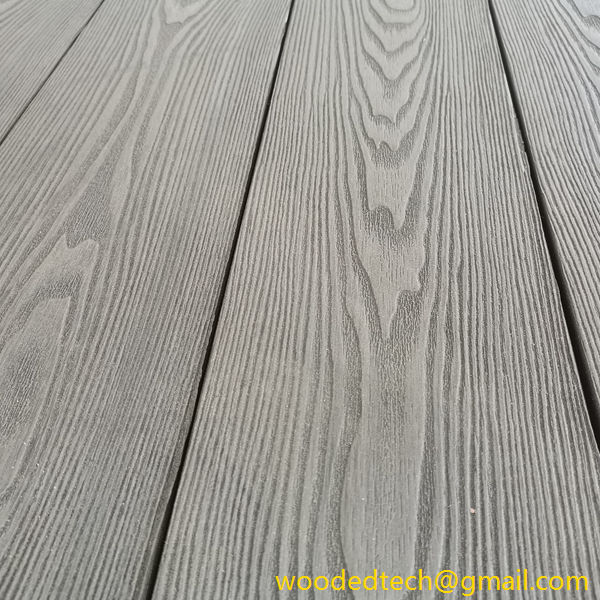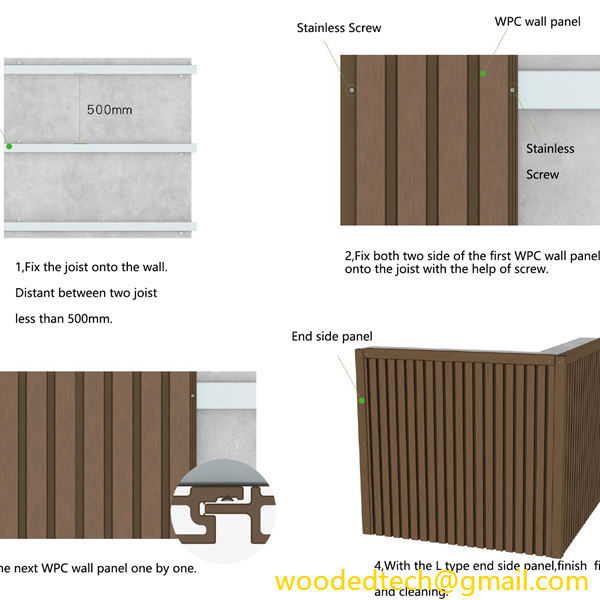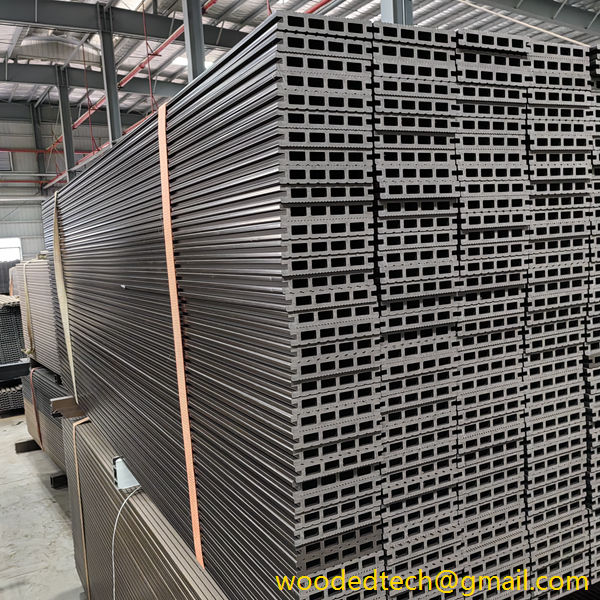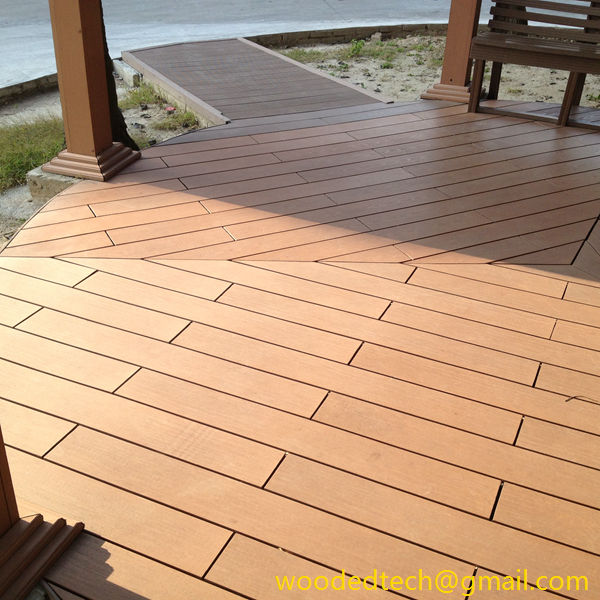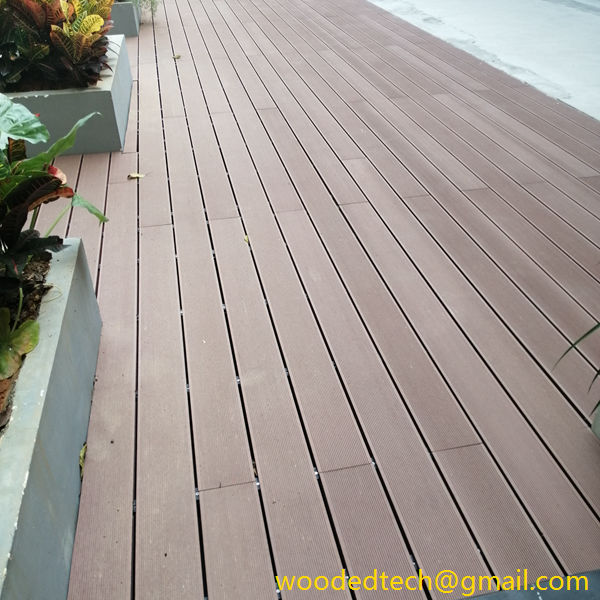What is Wood Polymer Decking: Learn About Wood Polymer Decking Solutions
What is Wood Polymer Decking: Learn About Wood Polymer Decking Solutions Wood polymer decking, also known as composite decking, is a modern solution that combines the natural beauty of wood with the durability of synthetic materials. This innovative building material has gained significant popularity in recent years, particularly among homeowners looking to enhance their outdoor…
What is Wood Polymer Decking: Learn About Wood Polymer Decking Solutions
Wood polymer decking, also known as composite decking, is a modern solution that combines the natural beauty of wood with the durability of synthetic materials. This innovative building material has gained significant popularity in recent years, particularly among homeowners looking to enhance their outdoor spaces with low-maintenance and aesthetically pleasing options. In this article, we will explore the characteristics of wood polymer decking, its benefits, and its various styles, ensuring you are well-informed about this versatile choice for your decking needs.
Wood polymer decking is primarily made from a blend of recycled wood fibers and plastic materials, such as polyethylene or polypropylene. This unique composition offers a striking resemblance to real wood while providing the resilience and longevity that traditional wood decks often lack. One of the key advantages of wood polymer decking is its ability to withstand the elements, making it an excellent choice for a variety of climates. Unlike natural wood, which can warp, splinter, or fade due to exposure to moisture and UV rays, wood polymer decking is designed to resist these issues, ensuring that it retains its beauty over time.
The manufacturing process of wood polymer decking involves the careful blending of wood fibers and plastics, which are then extruded into planks. This process allows for a variety of textures and finishes, giving homeowners the ability to choose a style that complements their outdoor aesthetic. From smooth finishes that mimic polished hardwood to textured options that resemble weathered timber, the design possibilities are extensive. Additionally, wood polymer decking can be produced in a range of colors, allowing for customization that caters to individual tastes and preferences.
One of the most significant benefits of wood polymer decking is its low maintenance requirements. Traditional wood decks necessitate regular staining, sealing, and painting to protect them from the elements and maintain their appearance. In contrast, wood polymer decking requires minimal upkeep. A simple wash with soap and water is usually sufficient to keep it looking fresh and clean. This ease of maintenance is particularly appealing to busy homeowners who want to spend more time enjoying their outdoor spaces rather than maintaining them.
Another advantage of wood polymer decking is its environmental friendliness. By utilizing recycled materials in its production, wood polymer decking contributes to sustainability efforts and reduces the demand for new lumber. Many manufacturers also take care to implement eco-friendly practices in their production processes. For homeowners concerned about their environmental footprint, choosing wood polymer decking represents a responsible decision that aligns with green living principles.
When considering wood polymer decking, it is essential to explore the various styles and options available to ensure that the final choice meets both practical and aesthetic needs. Some manufacturers offer decking boards with integrated grooves for easy installation with hidden fasteners, creating a seamless and polished look. Others may provide a traditional tongue-and-groove design for a more classic appearance. The choice of board width can also impact the overall look of the deck, with wider boards providing a more contemporary feel and narrower boards offering a traditional aesthetic.
In addition to the standard decking options, wood polymer decking is available in various profiles. Some styles feature a reversible design, allowing homeowners to flip the boards to achieve different textures or finishes. This versatility not only enhances the design possibilities but also extends the lifespan of the materials by allowing for rotation and even wear.
In terms of design, homeowners can also experiment with different layout patterns when installing wood polymer decking. From classic straight patterns to more intricate designs like herringbone or diagonal layouts, the possibilities are virtually limitless. Adding accents such as inlays or borders can further elevate the visual appeal of the deck, making it a stunning focal point for outdoor gatherings.
Another important consideration when selecting wood polymer decking is its slip resistance. Many manufacturers offer decking boards with textured surfaces specifically designed to provide traction, making them safe for wet environments, such as around pools or in areas prone to rain. This feature is particularly valuable for families with children or elderly individuals who may be more susceptible to slips and falls.
When it comes to cost, wood polymer decking tends to be more expensive than traditional wood options upfront. However, the long-term savings associated with reduced maintenance and the longevity of the material often outweigh the initial investment. Homeowners should also consider the potential increase in property value that can result from a well-designed outdoor space featuring high-quality decking.
In conclusion, wood polymer decking presents an appealing solution for those looking to enhance their outdoor living areas with a material that combines the aesthetic qualities of wood with the durability and low maintenance of synthetic materials. With a range of styles, colors, and textures to choose from, homeowners can create a personalized outdoor space that reflects their unique tastes and withstands the test of time. Whether you are constructing a new deck or replacing an existing one, wood polymer decking is a versatile, eco-friendly option that promises both beauty and functionality. As you embark on your decking journey, consider the various styles available and how they can complement your home and lifestyle, ensuring you make a choice that you will enjoy for years to come.

